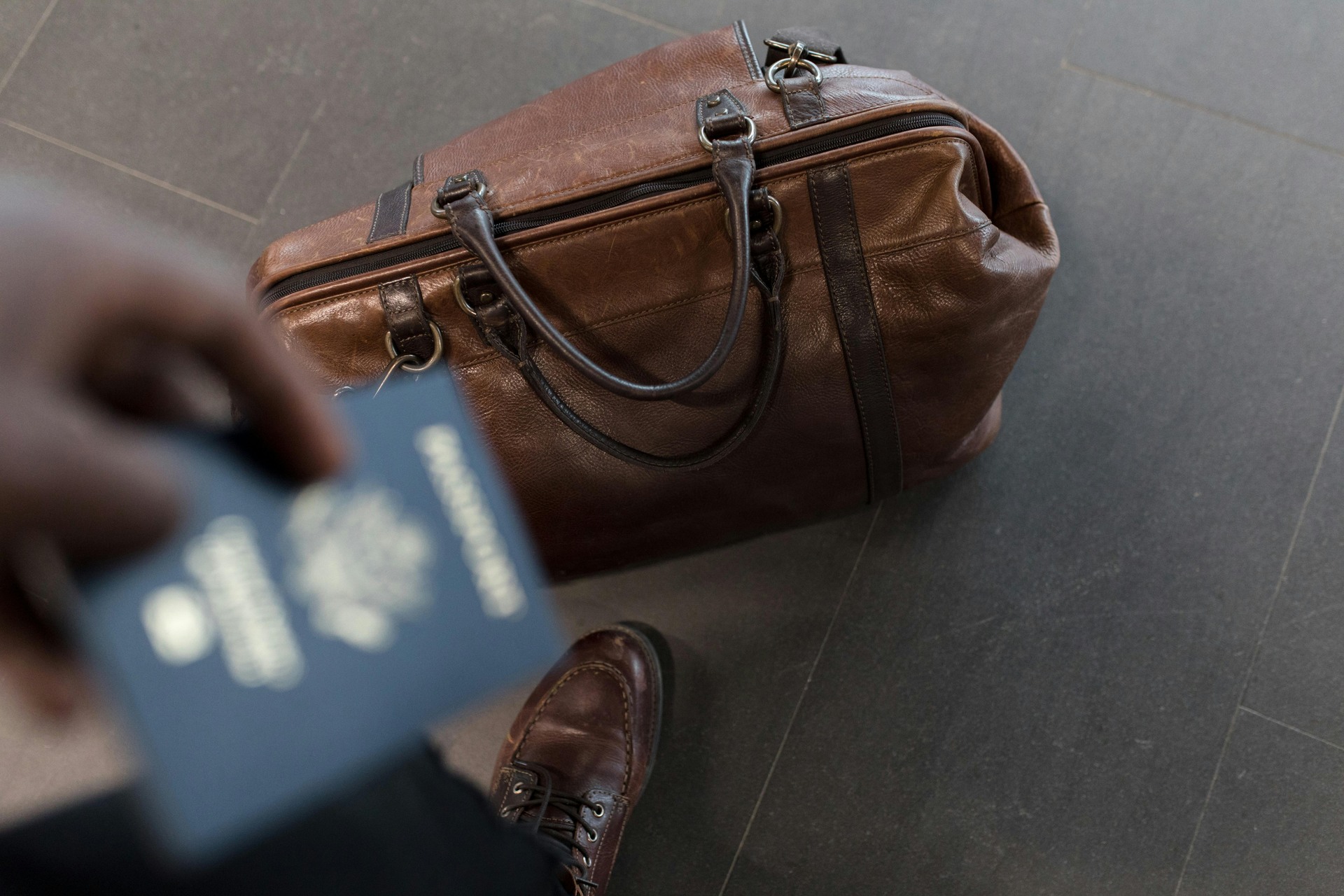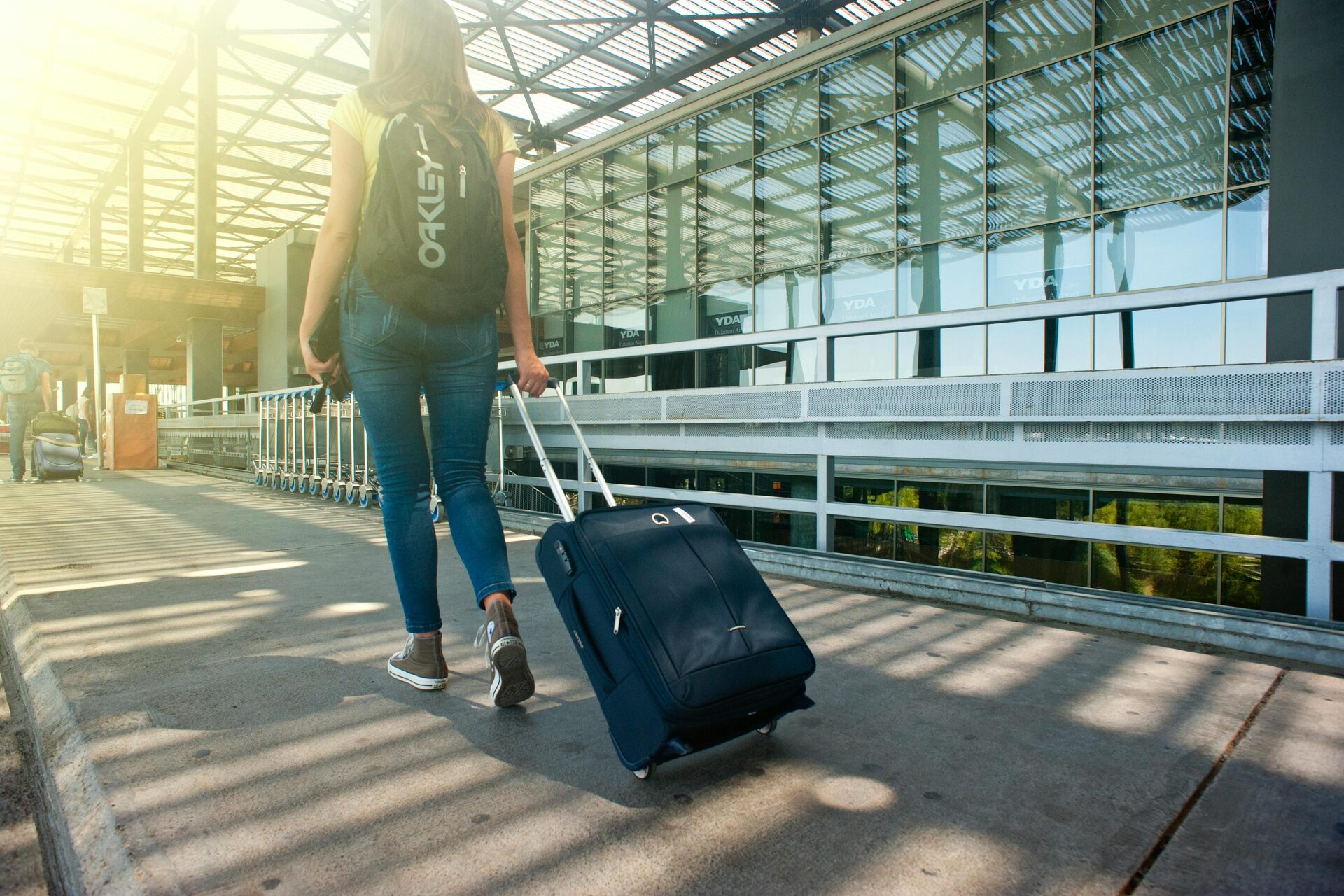
Facing inadmissibility issues when trying to enter Canada can be both confusing and stressful. Whether you have a past criminal conviction like a DUI, health-related concerns, or other complications, you might have been denied entry to Canada or fear that your upcoming travel plans or business opportunities in Canada are at risk.
Without proper documentation, you could face border rejection, travel delays, or even a multi-year ban from entering the country.
Our inadmissibility to Canada lawyer can help you navigate the complex Temporary Resident Permit process to legally enter Canada despite inadmissibility concerns.
A Temporary Resident Permit (TRP) is a special document issued by Immigration, Refugees and Citizenship Canada (IRCC) that allows individuals who are otherwise inadmissible to enter or remain in Canada for a limited period.
The TRP grants legal entry on a temporary basis, and the approval is discretionary.
In Canada, inadmissibility can result from various circumstances, including:
| Grounds for Inadmissibility | Is TRP Applicable? |
|---|---|
| DUI/Impaired Driving | Yes |
| Assault | Yes |
| Theft/Fraud | Yes |
| Drug Offences | Yes (case dependent) |
| National Security Concerns | Rarely |
| Misrepresentation | Yes |
| Health Inadmissibility | Yes |
| Financial Inadmissibility | Yes |
⚠️ Never attempt to enter Canada if you know you’re inadmissible without first obtaining a TRP or other legal authorization. Border officers have access to international criminal databases, and dishonesty can result in a five-year ban from entering Canada.
Additional reading: failed refugee claimant work permit
A TRP holder is someone who has received official permission to enter or remain in Canada temporarily despite being technically inadmissible under normal immigration rules. This special status acknowledges your inadmissibility but provides a legal exemption for a specific purpose and duration. It does not erase your inadmissibility or grant permanent status.
TRPs can be issued as single-entry permits (allowing one entry during the validity period) or multiple-entry permits (allowing multiple entries and exits). A critical distinction is that while a TRP provides legal authorization to be in Canada, it can be cancelled at any border crossing or by an immigration officer if circumstances change or conditions are violated.
💡TRP holders face different conditions than typical visitors to Canada. You may be required to report to immigration authorities periodically, prohibited from certain types of employment, or restricted to specific regions within Canada depending on the terms of your permit.
Concerned about criminal inadmissibility? Call us today to speak with our experienced lawyers and determine your best route forward.
Processing times for a Canadian Temporary Resident Permit (TRP) depend on where and how you apply. Below is a breakdown of the two main options:
Applications submitted to a Canadian consulate or visa office typically take 3 to 6 months to process. In some cases, especially when documentation is complex or requires additional review, it can take longer.
Applications submitted at a Canadian border crossing or airport receive same-day decisions. However, these are generally riskier.
📌 Always apply for your TRP well in advance of your travel date. Last-minute applications are often denied unless they relate to a genuine humanitarian emergency.

Processing delays commonly occur when documentation is incomplete or when the justification for entering Canada isn’t compelling enough to outweigh the inadmissibility concerns.
⚠️ According to IRCC guidance, applications with insufficient rehabilitation evidence or an unclear purpose of travel are more likely to face extended processing times—or be refused entirely.
Additional reading: Denied entry to Canada at airport
Need protection or support with an asylum claim? Contact a trusted refugee lawyer in Canada today.
Obtaining a Temporary Resident Permit requires careful preparation and a clear demonstration that your need to enter Canada outweighs any potential risk. The process involves gathering documentation about your inadmissibility, preparing a compelling case for why you should be granted entry, and submitting your application through the appropriate channel.
✔️You can apply for a TRP on your own, but we guide you through each step so nothing gets missed—and your case is as strong as it can be.
When evaluating a TRP application, Canadian immigration officials primarily consider whether the applicant’s need to enter Canada outweighs the health or safety risks to Canadian society. This discretionary decision is based on several key factors:
⚖️ Immigration officers must balance the applicant’s personal circumstances against public safety considerations. Section 24(1) of the Immigration and Refugee Protection Act grants officers significant discretion in these decisions.
💡Hypothetical scenario: A business executive with a 10-year-old DUI conviction needing to attend an important conference in Toronto. Even though the offence makes them technically inadmissible, their clean record since then, the significant time passed, and the economic benefit their business might bring to Canada could all weigh in favour of granting a TRP.
Individuals who may qualify for a TRP include:
A complete and well-organized TRP application significantly increases your chances of approval. You’ll need to provide comprehensive documentation both about your inadmissibility and your reasons for needing to enter Canada.
| Document Checklist for TRP Applications |
|---|
| ✓ Application form (IMM 5708 or IMM 1444) |
| ✓ Passport-size photographs |
| ✓ Copy of valid passport or travel document |
| ✓ Criminal record check from each country where you’ve lived 6+ months since age 18 |
| ✓ Court documents (original charge, final disposition, sentencing) |
| ✓ Personal statement/letter of explanation |
| ✓ Evidence of rehabilitation (counselling, community service, clean record) |
| ✓ Proof of purpose for visiting Canada (invitation letters, conference registration) |
| ✓ Proof of ties to home country (property, employment, family) |
| ✓ Processing fee receipt |
If Canada feels out of reach, our immigration law firm is here to help you organise your documents and support your application. Contact us today.
You have two primary options for submitting a TRP application, each with distinct advantages and drawbacks:
Consulate or Visa Office Application:
Port of Entry Application:
⚠️A denial at the border not only disrupts your immediate travel plans but creates a negative immigration history that can affect future applications. Unless you have a genuine emergency, applying at a consulate is almost always the safer option.

Technically, Temporary Resident Permits cannot be renewed. When your permit expires, you must submit a completely new application if you wish to return to Canada. This is an important distinction from many other visa types.
If you need to make multiple trips to Canada over an extended period, you can request a multiple-entry TRP in your initial application. While these are more difficult to obtain, they eliminate the need to reapply before each visit during the validity period.
Technically, Temporary Resident Permits cannot be renewed. When your permit expires, you must submit a completely new application if you wish to return to Canada. This is an important distinction from many other visa types.
If you need to make multiple trips to Canada over an extended period, you can request a multiple-entry TRP in your initial application. While these are more difficult to obtain, they eliminate the need to reapply before each visit during the validity period.
💡Multiple-entry TRPs are typically issued for up to three years, though the specific duration depends on your individual circumstances.
The standard government processing fee for a Temporary Resident Permit application is CAD 239.75 (as of March 2025).
Beyond the basic application fee, you should budget for several additional expenses:
⚠️ The government processing fee is non-refundable even if your TRP application is denied. This is another reason why proper preparation—often with professional assistance—is vital to avoid wasting both time and money.
Many people confuse Temporary Resident Visas (TRVs) with Temporary Resident Permits (TRPs), but they serve fundamentally different purposes within the Canadian immigration system.
| Feature | Temporary Resident Visa (TRV) | Temporary Resident Permit (TRP) |
|---|---|---|
| Purpose | Regular entry for tourism, business, or study for citizens of non-visa-exempt countries | Entry despite inadmissibility issues for anyone who would otherwise be refused |
| Eligibility | Visa-required nationals without inadmissibility concerns | Individuals with inadmissibility issues (criminal, medical, etc.) |
| Duration | Typically up to 6 months per entry | Variable (1 day to 3 years) based on purpose |
| Renewability | Can apply for a new visa | No renewals; new application required |
| Application location | Online or at the consulate | Consulate or Port of Entry |
| Processing time | 2-12 weeks, typically | 3-6 months at the consulate; same day at the border |
| Cost | CAD 100 | CAD 239.75 |
💡A TRV is a standard entry document for visitors from countries that aren’t visa-exempt, while a TRP is a specialized document specifically designed to overcome inadmissibility issues. Someone might need both if they’re from a visa-required country and have inadmissibility concerns.
Applying for a Temporary Resident Permit can be stressful—especially if you’re dealing with past criminal charges or other inadmissibility issues. Success depends on more than just filling out forms; you need a strong, well-supported case that convinces immigration officers your entry into Canada is justified.
Our lawyers at Kingwell Immigration Law take that burden off your shoulders. We assess your situation, prepare your application strategy, and ensure every detail supports your case for approval. From gathering records to writing your statement, we’re with you at every step.
Ready to speak with a lawyer? Call us or book your consultation here to get started.

Before you apply for a TRP, make sure you understand what’s at stake and how to build the strongest application possible. Here are the key takeaways:
✔️ A TRP offers a legal path into Canada despite inadmissibility, but approval is entirely discretionary.
✔️ You must clearly show that your reason for entering Canada outweighs any potential risks to Canadian society.
✔️ Submitting a complete, well-supported application is essential—missing documents or vague explanations often lead to refusal.
✔️ Applying through a consulate is usually safer than applying at the border, unless there’s a true emergency.
✔️ A denied TRP can affect your future ability to enter Canada, especially if you’re refused at the port of entry.
If your TRP application is denied at a Canadian port of entry, you will be refused entry to Canada and must return to your departure point immediately. The refusal is recorded in Canada’s immigration database, which can affect future applications.
You cannot appeal a port of entry refusal, but you can submit a new application at a Canadian consulate with improved documentation.
No, you should not attempt to enter Canada while your Temporary Resident Permit application is under review at a consulate. Doing so will likely result in being denied entry at the border, and could potentially jeopardize your pending application. Wait until you receive an official decision before making travel arrangements.
A Temporary Resident Permit does not guarantee automatic entry into Canada on each visit, even with a multiple-entry permit. Border officers maintain discretion to reassess your admissibility each time you seek entry.
Any significant changes in circumstances, violations of previous permit conditions, or new inadmissibility grounds could result in denial despite having a valid TRP.
Multiple criminal offences make TRP applications more challenging but not impossible. The key factors are the nature and severity of the offences, how much time has passed, and evidence of rehabilitation.
With multiple offences, it becomes even more important to demonstrate significant rehabilitation and to have a particularly compelling reason for needing to enter Canada.
Yes, you can and should apply for a TRP even if your offence was expunged or sealed in your home country. Canadian immigration authorities may still have access to these records through international law enforcement databases.
Being transparent about your history, even if formally cleared in your country, is essential to avoid being found inadmissible for misrepresentation.